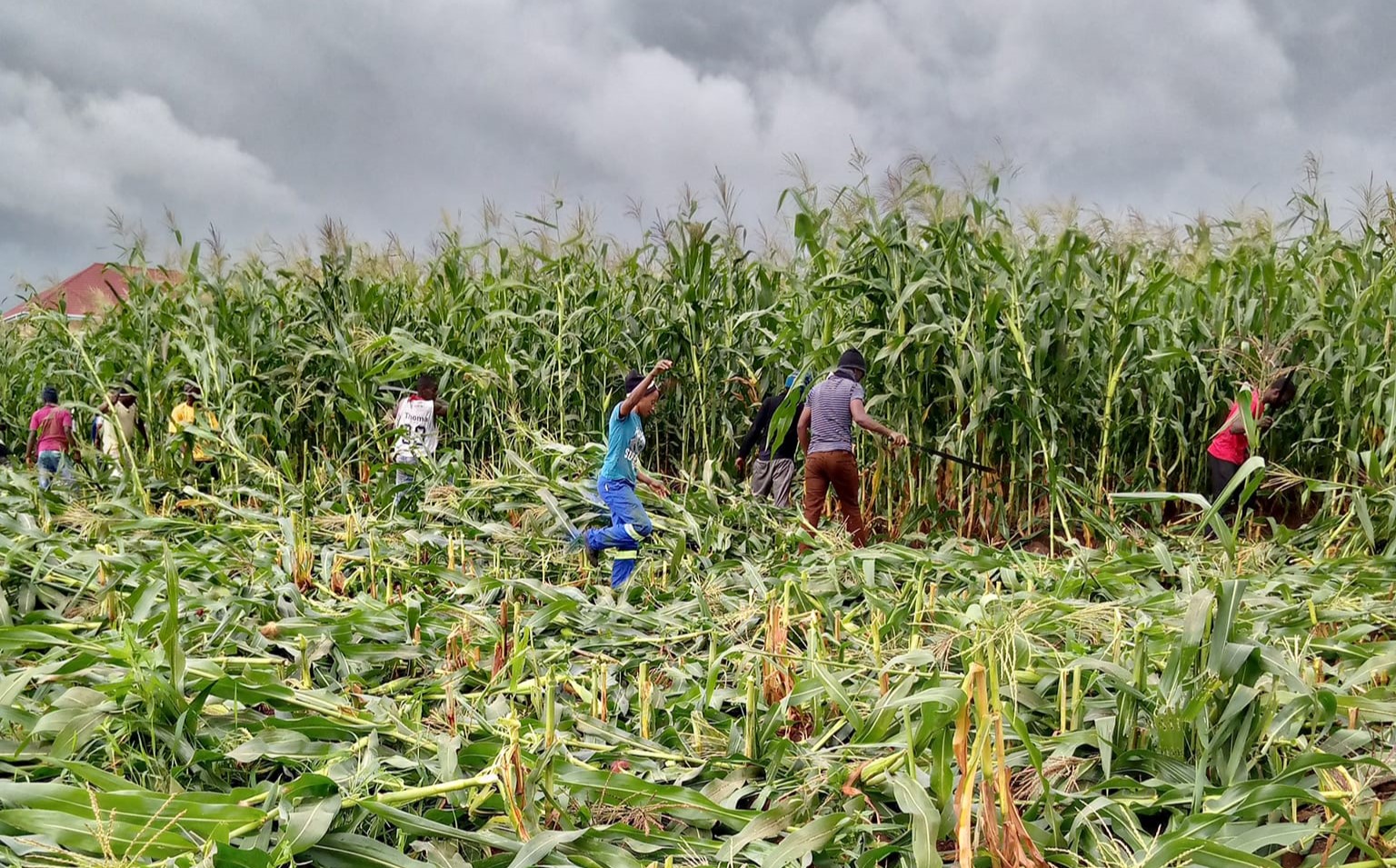Kwacha resilience offers glimpse of hope we can build on
The Malawi kwacha appears to have found its footing, albeit slightly wobbly.
For nine consecutive months from January to September this year, the local currency found no peace against the United States (US) dollar that pummeled it hard from K773 at the beginning of this year to K813 in September, which represents a five percent bruise over the period.
But for the past two months, the kwacha has demonstrated the strongest resilience this year.
The local unit closed October at K815 and maintained its stance throughout November, remaining largely unchanged last month.
Against the South Africa rand, the kwacha has strongly appreciated over the past six months, opening with K59 in June and starting December at K51.
The local unit’s surge against the rand is significant because South Africa is by far Malawi’s main trading partner, accounting for around 16 percent of Lilongwe’s exports and nearly seven percent of her exports.
A stronger kwacha means that prices of goods that import-dependent Malawi buys from South Africa should soften.
The kwacha’s surge against the rand is also interesting considering the huge trade imbalance between the two countries, which favours South Africa—the anchoring economy in the Southern Africa Development Community and the second largest in Africa after Nigeria.
In 2020, for example, Malawi imported goods worth US$395.63 million from South Africa, according to the United Nations International Trade Statistics Database.
On the other hand, Malawi’s exports to the Rainbow nation stood at US$48.57 million during last year.
These figures may explain why the Lazarus Chakwera administration has recently focused on boosting its bilateral relations with South Africa, probably hoping to find opportunities there that could push Malawi to export more and narrow the trade imbalance with her regional big brother.
But these trade numbers should also inform the administration of which industries it should develop in Malawi to reduce the country’s overreliance on South Africa and cut the gap.
You would be surprised that plastics are among the top most imports by Malawi from South Africa, yet this is an industry that has a lot of potential in Malawi—it just needs the right incentives and the right environment.
The same applies to paper and paper board on which we drain a lot of foreign currency to bring into the country from South Africa when we have plenty of raw materials in form of pulp that we could process, for example, from our pine trees, including those we have raped and continue to pulverise in the Viphya Plantations popularly known as Chikangawa.
I can go on and on with examples, but the point is that the kwacha may not be in the strongest position at the moment, but it has shown remarkable resilience that we can build on.
Our import cover, for example, is still hanging in there.
As of October 31 2021, total forex reserves stood at US$790.41 million (3.16 months of import cover), a decrease from US$907.92 million (3.63 months of import cover) registered at the end of September 2021, according to Nico Asset Managers Monthly Economic Report released last month for October. But the stockpile is still within the internationally recommended threshold of three months.
Given all that has happened to better the Malawi economy, this position brings hope that we can use this to build on and re-launch our economy.
Of course, this will not be easy, given the low levels of economic growth at the moment. Government expects the Malawi economy to grow by 3.8 percent this year, but we all know that this is way too optimistic.
We are most likely to expand by around 2.8 percent. I have arrived at this by averaging four forecasts—3.8 percent from Malawi Government, estimates from the International Monetary Fund and the World Bank of 2.2 percent and 2.8 percent respectively and the European Intelligence Unit’s 2.7 percent, which is an upward revision from its earlier 2.3 percent.
Yes, there are moderate to high risks that have come with coronavirus pandemic, dramatically elevated public debt levels, inflation threats from both international (including fuel prices) and local shocks (such as negative climatic conditions that can bring forth floods, drought) that could cause widespread food shortages and of course the stubbornly low terms of trade make it harder for the kwacha to persevere.
But so far, the kwacha has shown that Malawi can hold its own against all odds—that is a hopeful sign we can build on.



